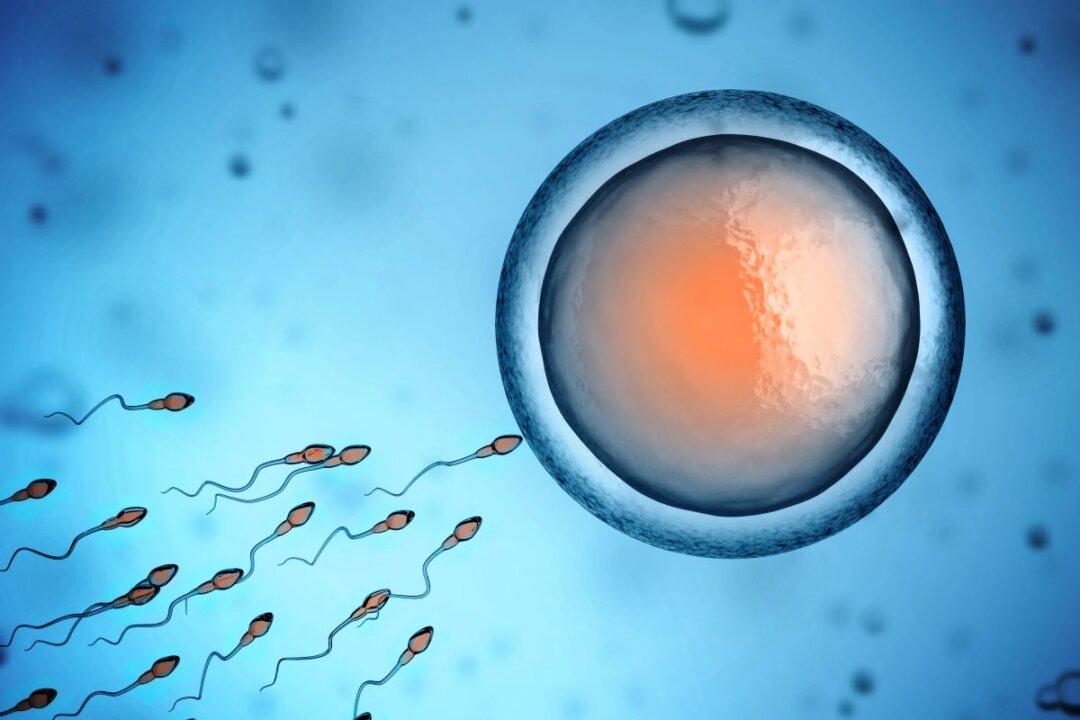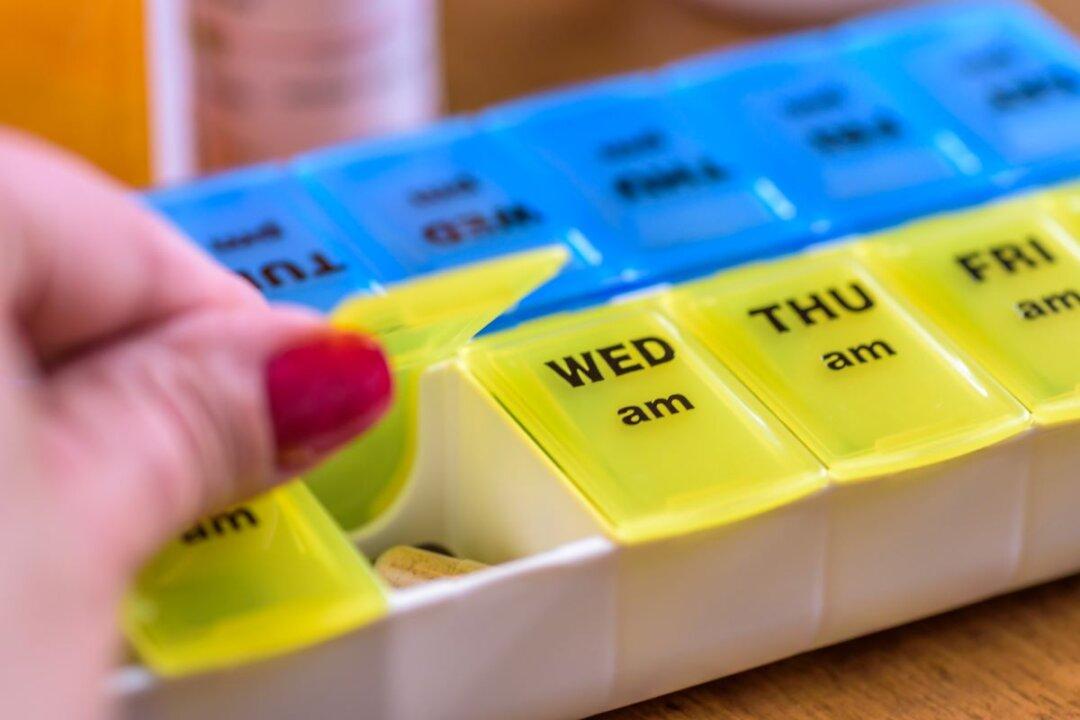The University of Adelaide, South Australia, launched its Exterres Laboratory on Thursday, an off-Earth surface testing environment for space technology such as rovers, and a first of its kind in Australia.
Located on the North Terrace campus, the Extraterrestrial Environmental Simulation (Exterres) Laboratory will be a major stepping stone in developing technology to accompany humans into deep space, providing an environment for researchers to simulate surface environments found on the Moon and Mars, as well as test equipment there.





